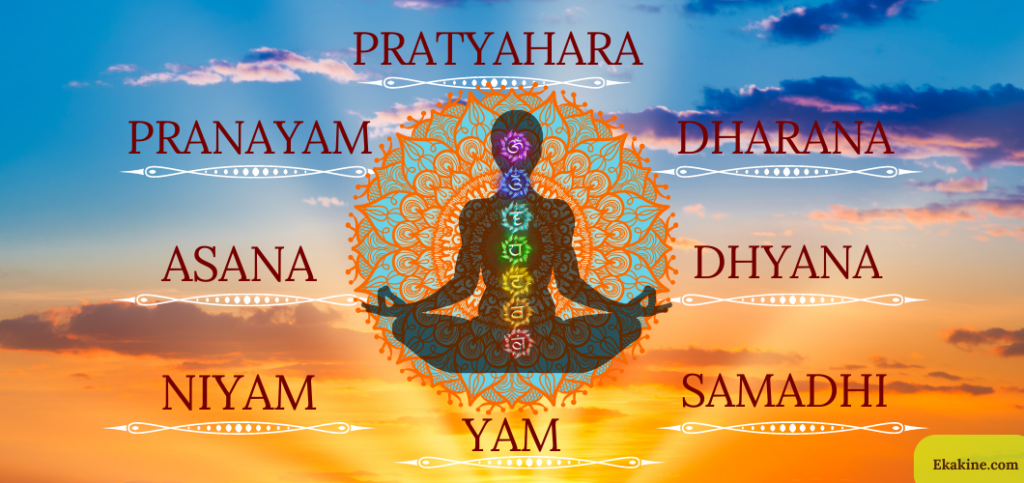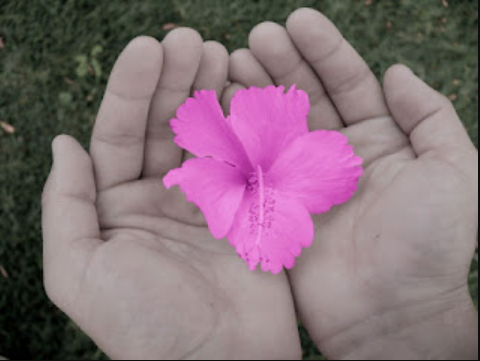The Blissful Power of Forgiveness
Unlock the power of forgiveness and experience inner peace and spiritual growth! If you’re looking to improve your personal growth and well-being, forgiveness can play a vital role in achieving these goals. Forgiveness is the act of releasing negative feelings towards someone who has caused us harm or pain. It’s a powerful tool that can […]
The Blissful Power of Forgiveness Read More »




